Introduction: In this article, Melissa Davenport Berry concludes her story about the Pilgrim Monument in Provincetown, a 252-foot-tall granite tower honoring the Pilgrims’ first steps ashore the New World. Melissa is a genealogist who has a website, americana-archives.com, and a Facebook group, New England Family Genealogy and History.
Today I continue my story on the Pilgrim Monument at Provincetown, Massachusetts, focusing on the manpower behind the scenes, using information furnished by the archives and a special collection of photographs taken by John R. Smith.
I also include information from Edmund J. Carpenter’s book The Pilgrims and Their Monument.
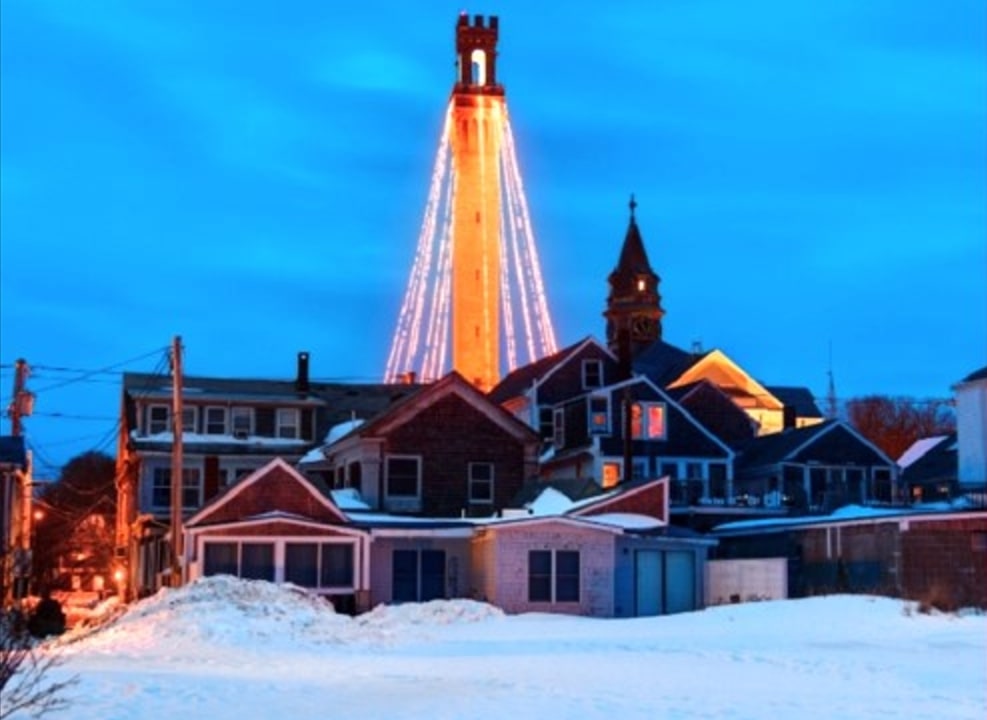
Here is a photo of the workmen at the construction site of the Pilgrim Monument, who labored from 1907 to 1910 to erect this glorious monument that dominates the skyline. Unfortunately, the image is not labeled.
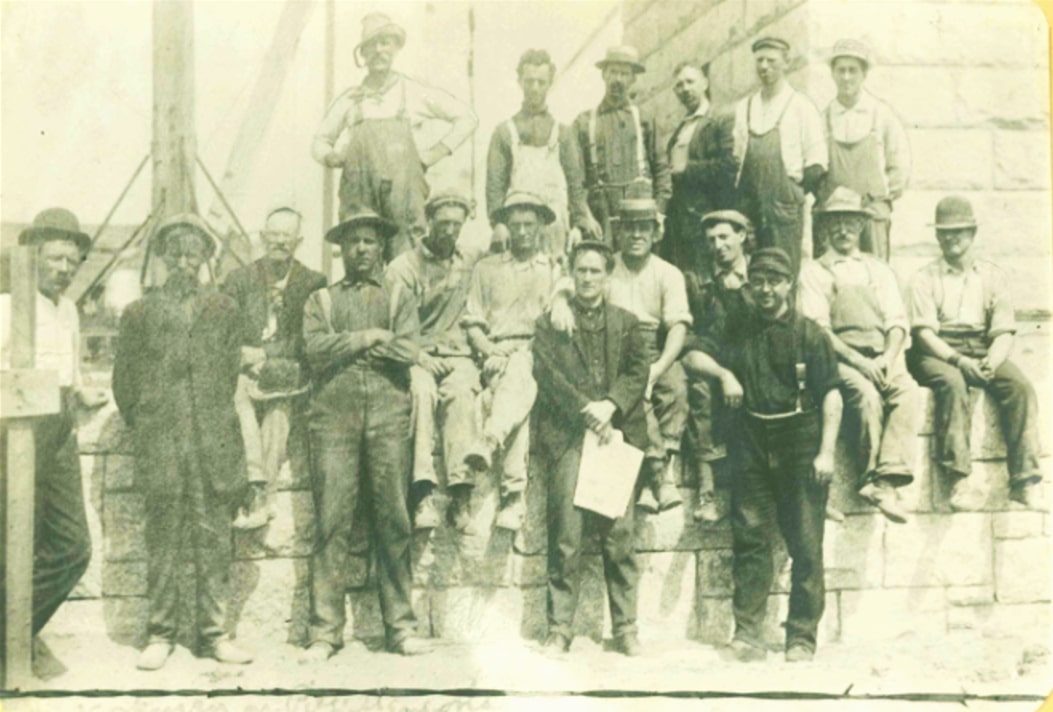
On 12 March 1908 a contract was made between Edward Burr of the United States Corps of Engineers and Patrick T. Maguire from the firm of Maguire & O’Heron of Milton, Massachusetts, to build the monument on the existing foundation on Town Hill. (The cornerstone had already been laid by President Theodore Roosevelt in a special ceremony on 20 August 1907.)
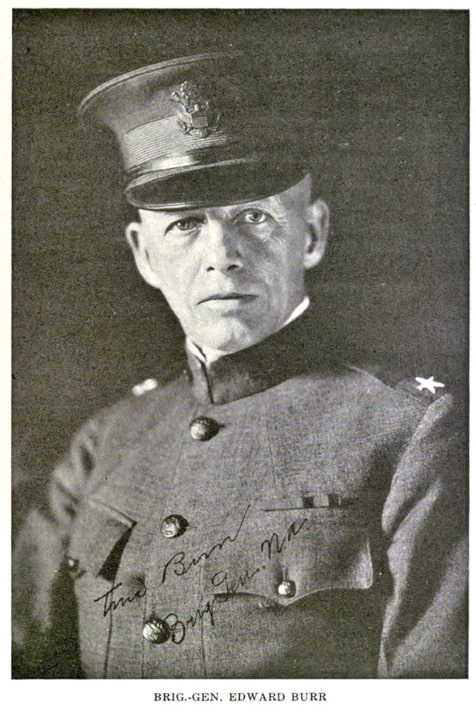
During the winter of 1909-10, while the workmen were working on the interior of the monument, the news came – suddenly and unexpectedly – of the death of the contractor, Patrick T. Maguire. His death was under somewhat tragic circumstances, though not in any way connected with his contract for the building of the monument.
Maguire’s death of blood poisoning at the age of 43 started with a slight scratch, according to an obituary in the archives of the Provincetown History Project.
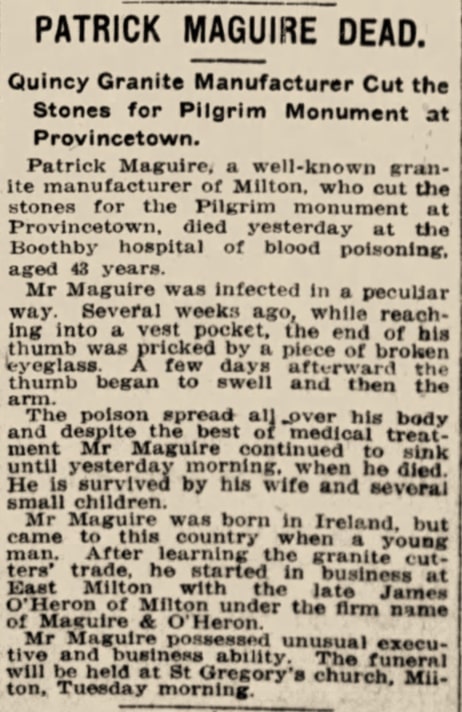
This article reports:
Mr. Maguire was infected in a peculiar way. Several weeks ago, while reaching into a vest pocket, the end of his thumb was pricked by a piece of broken eyeglass. A few days afterward the thumb began to swell and then the arm.
The poison spread all over his body and despite the best of medical treatment Mr. Maguire continued to sink until yesterday morning, when he died. He is survived by his wife and several small children.
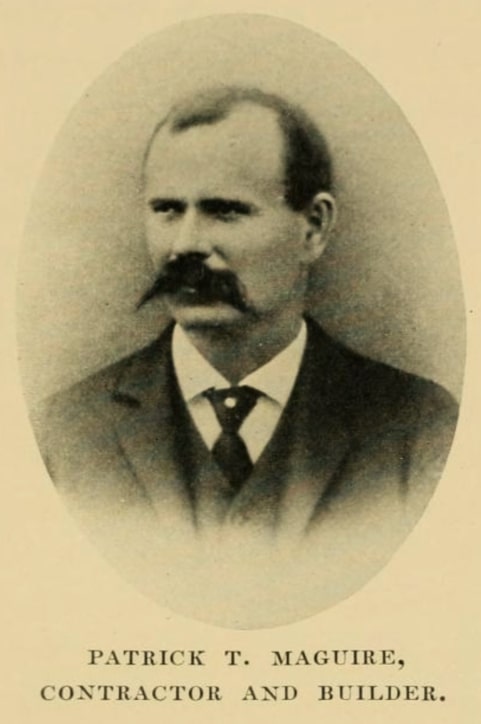
The agreement made by Burr and Maguire stipulated that the granite for the construction of the tower should be taken from the quarries of John L. Goss, of Stonington, Maine, and those of the Rockport Granite Company, Rockport, Massachusetts.
I found this newspaper clip from 1905 about one stone that was sent from motherland England to be used as the first block laid to commemorate the first landing of the Mayflower Pilgrims in 1620.
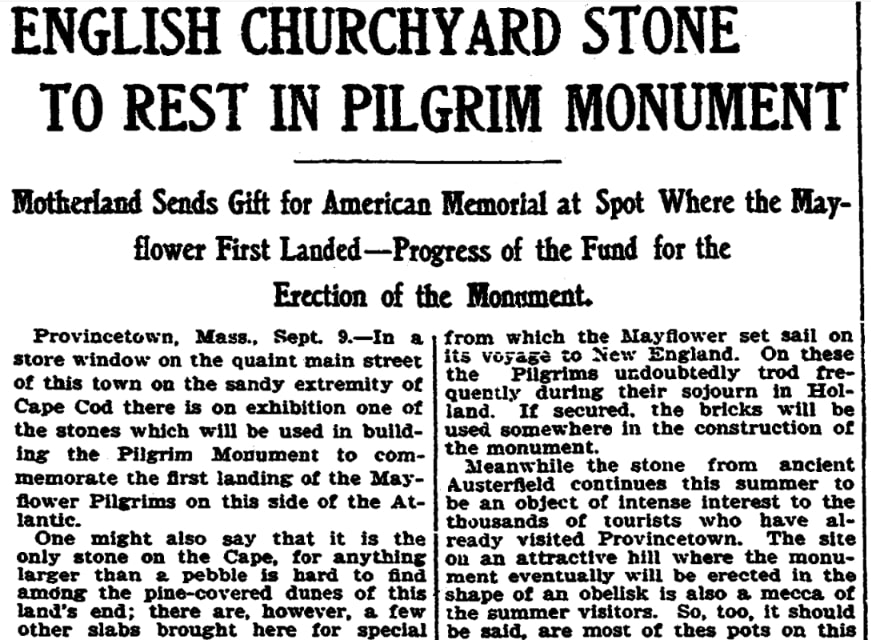
The stone was selected from a wall of the village churchyard in Austerfield, England, the native lands where Governor William Bradford and several other Pilgrims once lived.
As mentioned above, President Theodore Roosevelt laid the cornerstone of the Pilgrim Monument on 20 August 1907. Below is a photo of the event.
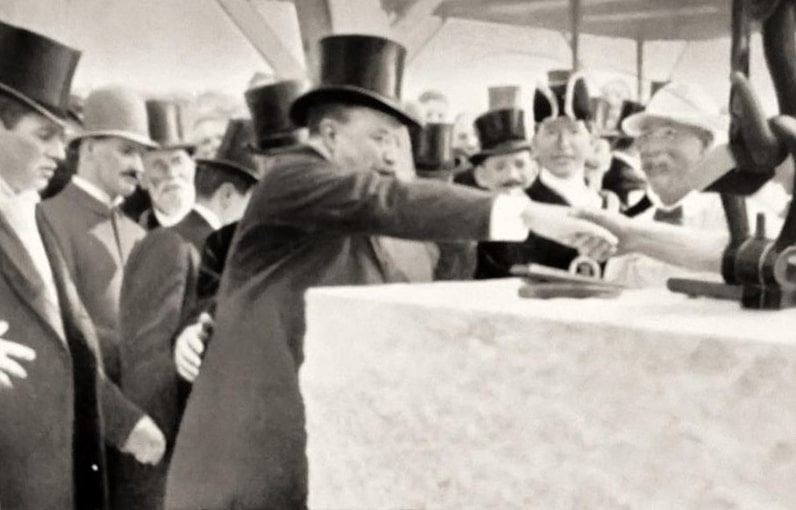
Construction began on the Pilgrim Monument on 18 June 1908. The first piece of granite, weighing 4,000 pounds, was swung into place upon the foundation without any formal ceremony.
Work continued throughout the summer under the immediate direction of Fred George, representing the contractor, and Will A. Clark, on behalf of the United States government.
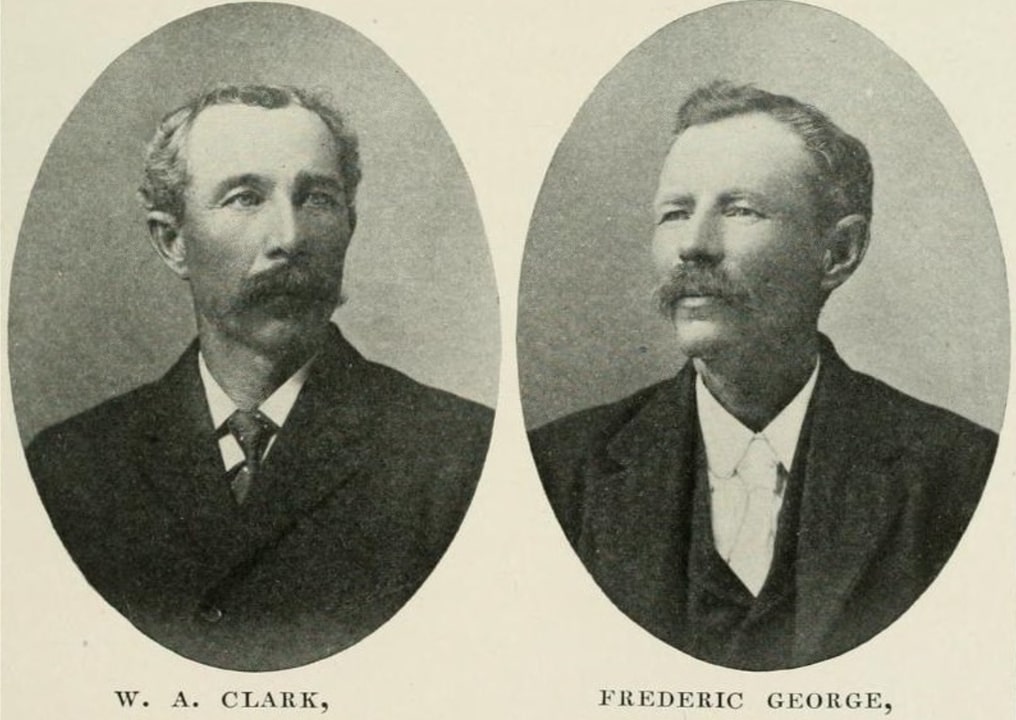
A condition in the grant from the government was that the monument be used as an observatory tower in case of war. At 252 feet high, the shaft is 39 feet higher than the one on Bunker Hill.
There was a slight hiccup early on: the work on the Pilgrim Monument was stopped for several days because of a stonecutters’ strike.
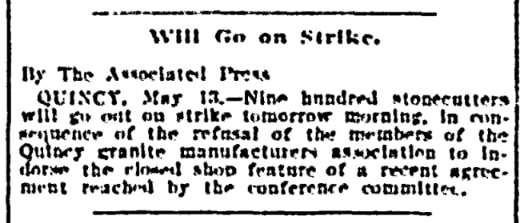
The stonecutters banded together to form a union and reached a settlement with the Quincy Granite Manufacturers Association.
Here are some photographs of the workmen during the project, from the John R. Smith Collection and Althea Boxell Scrapbook, all courtesy of the Provincetown History Project.
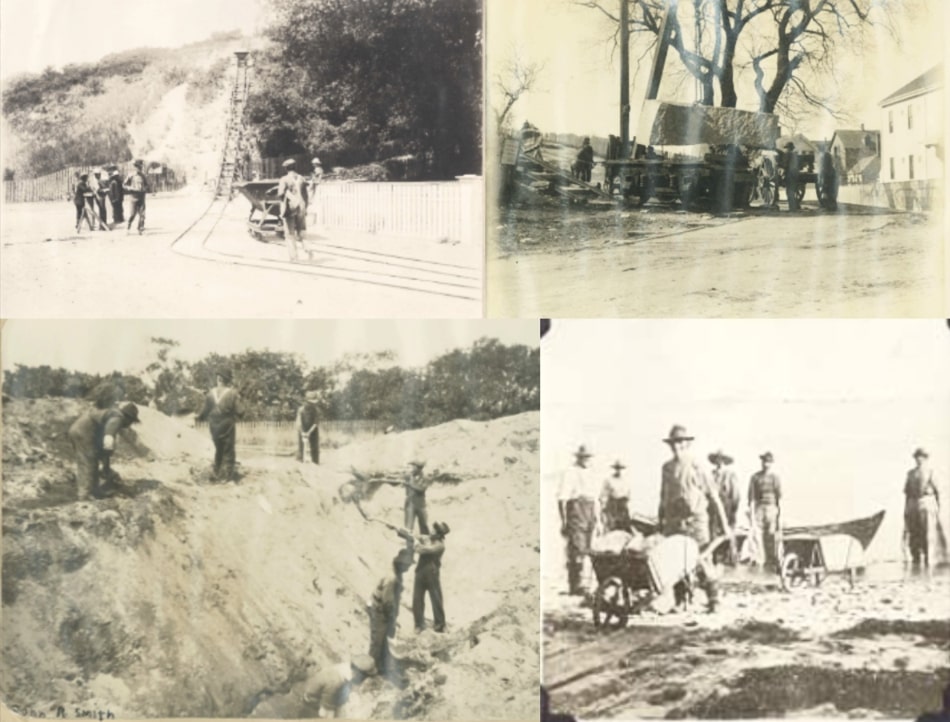
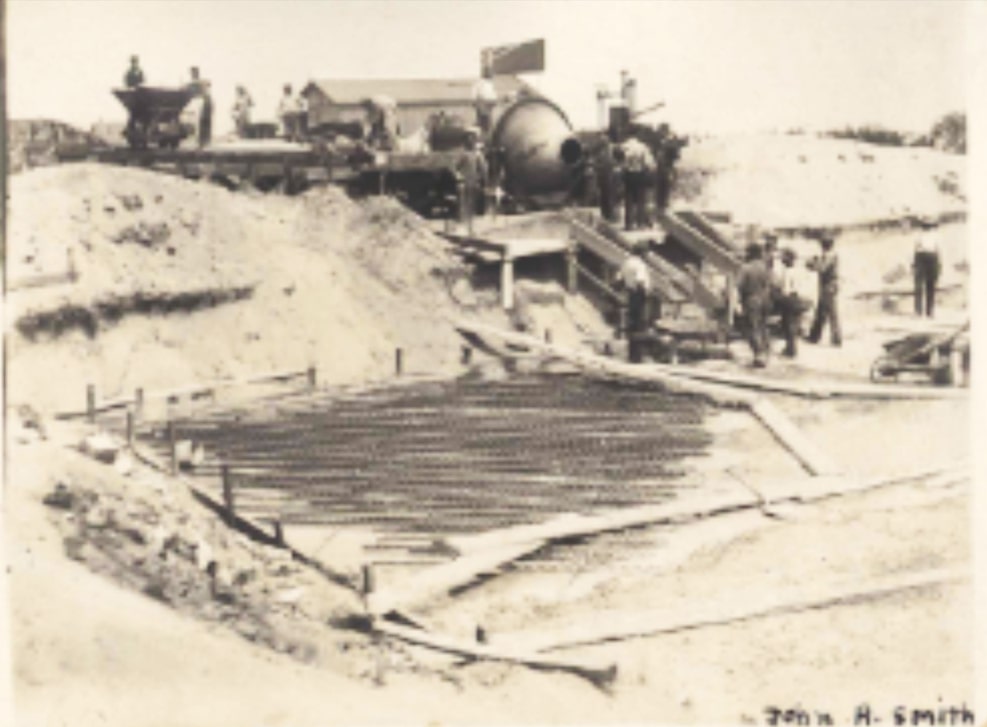
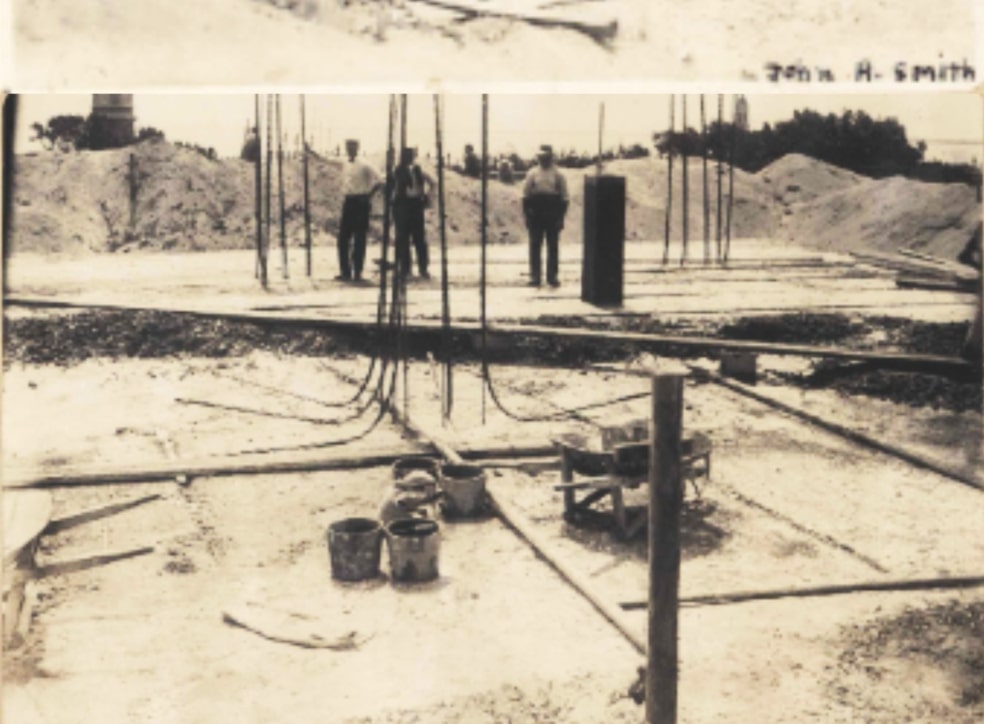
Here is a picture showing how much progress had been made after the first year’s work. This photo was taken in June 1909 from Hyden Street.
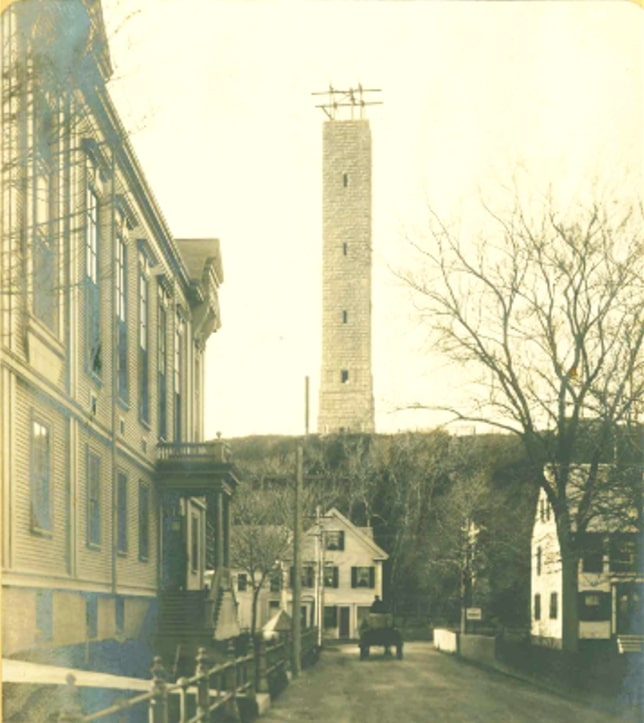
And it would not be fitting if I left out the only fatality associated with the construction of the Pilgrim Monument. The victim was Rosilla (Rich) Bangs, widow of Solomon Bangs. She was 85 years old.
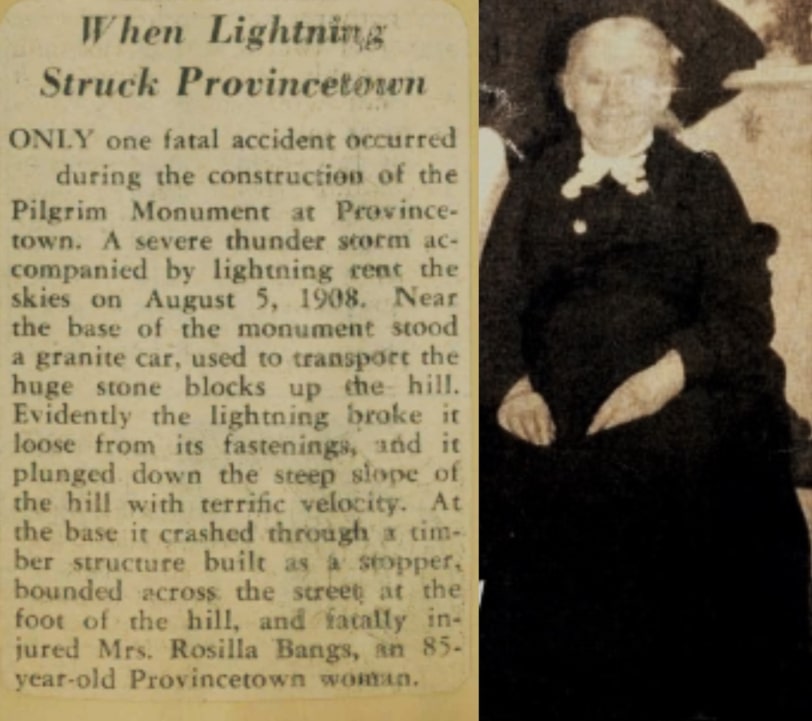
This article reports:
Only one fatal accident occurred during the construction of the Pilgrim Monument at Provincetown. A severe thunderstorm accompanied by lightning rent the skies on August 5, 1908. Near the base of the monument stood a granite car, used to transport the huge stone blocks up the hill. Evidently the lightning broke it loose from its fastenings, and it plunged down the steep slope of the hill with terrific velocity. At the base it crashed through a timber structure built as a stopper, bounded across the street at the foot of the hill, and fatally injured Mrs. Rosilla Bangs, an 85-year-old Provincetown woman.
Rosilla Bangs (1822-1908) was the daughter of Samuel and Thankful (Bangs) Rich and a direct descendant of Mayflower passengers Richard Warren, John Howland and Elizabeth Tilley. She also had Gov. Thomas Prence and Henry Howland in her line. She married Solomon and left descendants.
Explore over 330 years of newspapers and historical records in GenealogyBank. Discover your family story! Start a 7-Day Free Trial
Note on the header image: Pilgrim Monument, Provincetown, Massachusetts. Credit: Hscott0024; Wikimedia Commons.
Related Articles:
